|
| |
Fungal Sources of Bioactive Compounds in Your Medicine CabinetStephanie WrightFungi have so many facets. 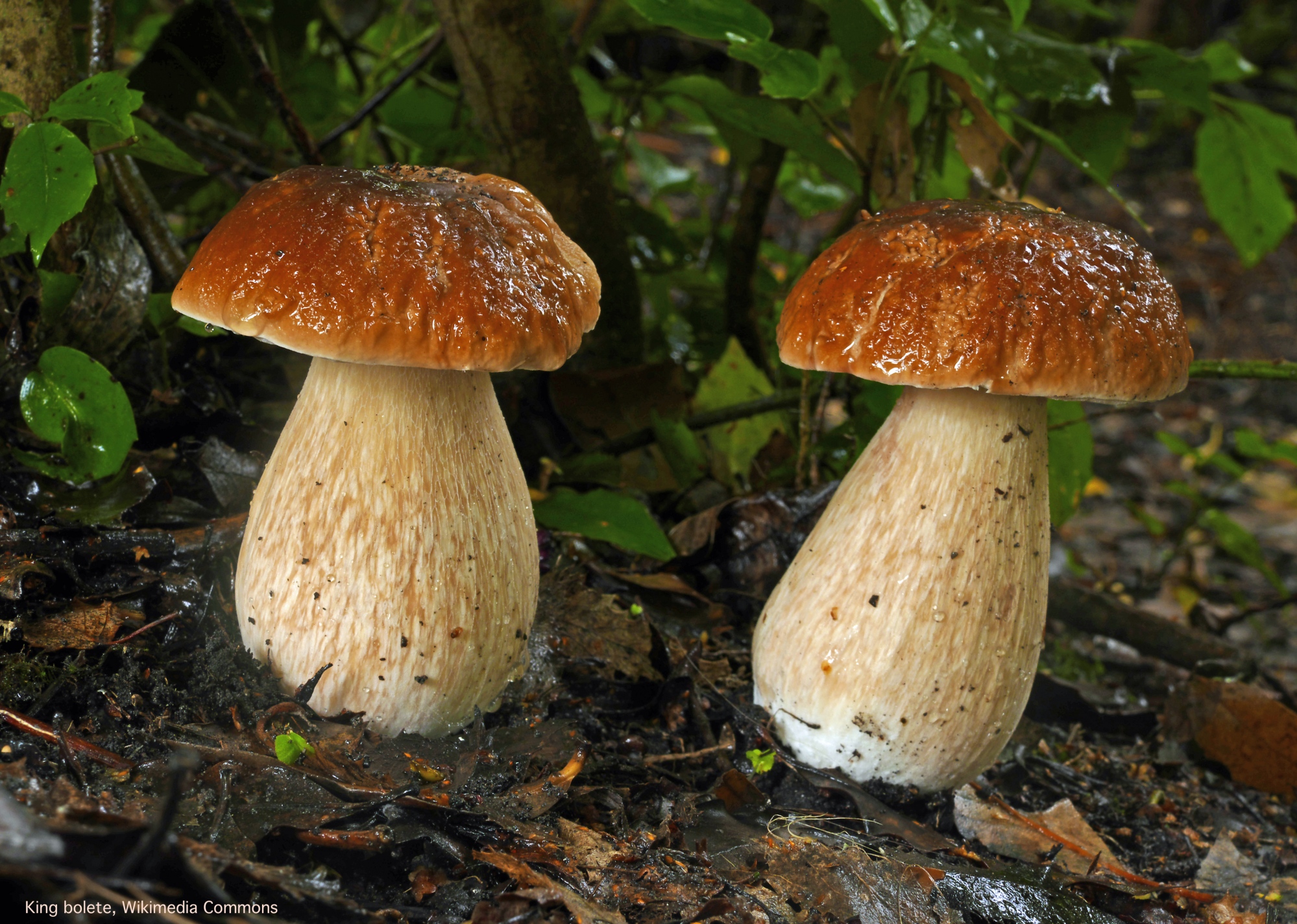
Many of us like to eat macro-fungi fruiting bodies: mushrooms. We appreciate the fine flavors and textures they offer. Then there are the fungi that are more subtly connected to our menu, such as Penicillium glaucum that works to produce comestibles such as gorgonzola cheese.
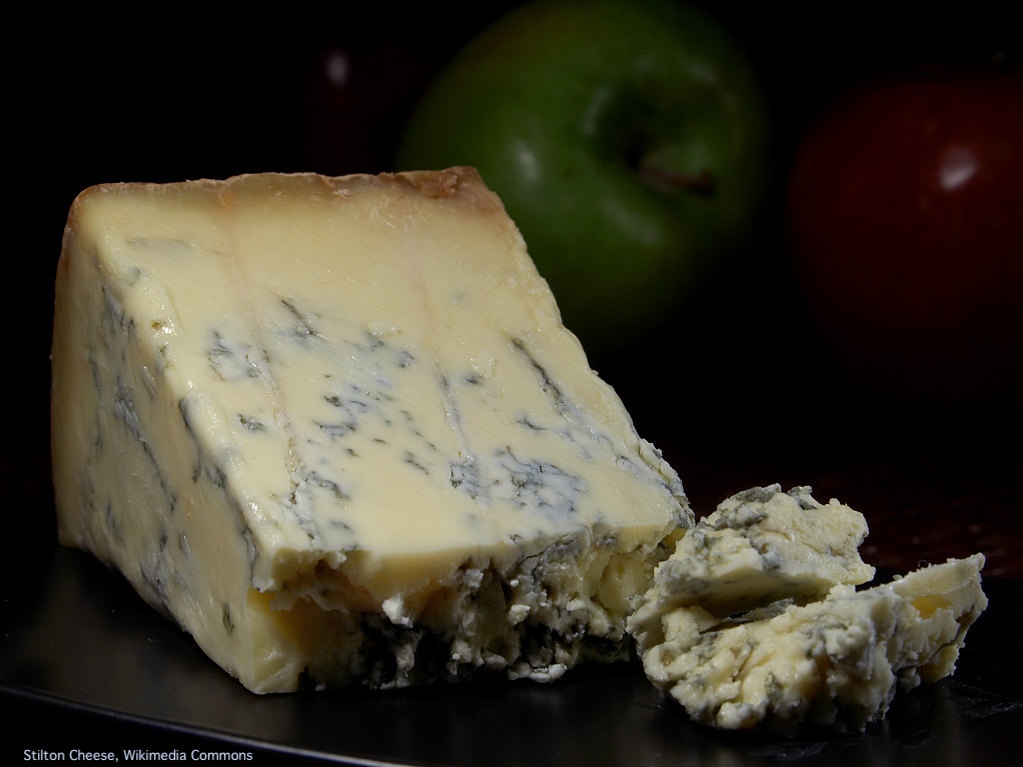 [Tour cheesemaking operations or take classes, for information, see The Cheese Trail Mycorrhizal fungi may have been the key that enabled life to move onto land. 80% of plants species form mycorrhizas. Orchid seed germination is critically dependent on fungi. On the less pleasant side, some species of fungi cause infections such as the annoying athlete's foot, and far more serious illnesses, particularly in immunocompromised individuals. But, this month, I want to share about a positive aspect of fungi that is easy to overlook - the contributions of fungi to our pharmaceutical armamentarium. I'm guessing everyone remembers from elementary school the apocryphal story of the discovery of penicillin – careless lab technician leaves bread that gets moldy and kills bacterial culture… Well, it didn't happen quite that way… 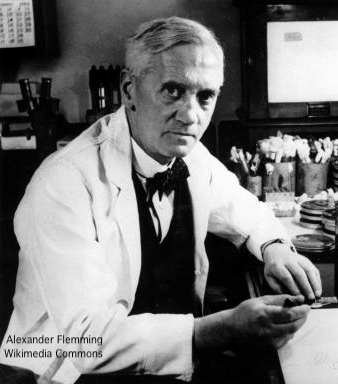 Alexander Fleming was a experienced and well-respected microbiologist who coined the term lysozyme (lyso = cut, zyme = enzyme). Lysozyme is an essential component of our innate immune system. It is abundant in tears, saliva and breast milk. Alexander Fleming was a experienced and well-respected microbiologist who coined the term lysozyme (lyso = cut, zyme = enzyme). Lysozyme is an essential component of our innate immune system. It is abundant in tears, saliva and breast milk.At the time of the discovery, Fleming was actively searching for substances with 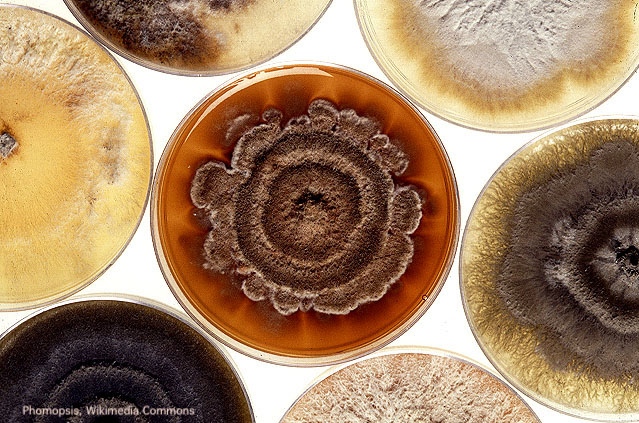 antibiotic properties. antibiotic properties.It was serendipitous that another lab in the same building was growing various mold strains one of which produced the almost magical chemical, later named penicillin, that eventually save millions of lives. Initially, it wasn't considered particularly important because it was quickly excreted from the person's body, was difficult to isolate, and there were no processes to produce enough of it to be significant for fighting the many infections that were common in the population. In June, 1942, just 10 doses of penicillin existed in the world. But the potential of the drug had been recognized following its use in a few “hopeless” cases. Early in WWII, enough people had been convinced, so that a project was launched to develop techniques and procedures to produce the life-saving antibiotic on an industrial scale. In 1945, nearly 8 billion doses were produced – that's impressive considering they started three years earlier knowing only how to make a tiny amount for experimental purposes. For more about the history of penicillin, see: 1. [Northern Illinois University] Penicillin: Medicine's Wartime Wonder Drug and Its Production at Peoria, Illinois There are many more medicines that come from fungal origins. Sometimes a fungal derivative is used directly, other times a chemical produced by a fungus is used as a starting material for synthesis of more targeted drugs. Many varieties of edible fungi might be considered potentially beneficial for health. Plus, there are a number of fungi, edible and not, that are commonly for sale as extracts, with purported medicinal benefits. That is a big topic and not the focus of this article. 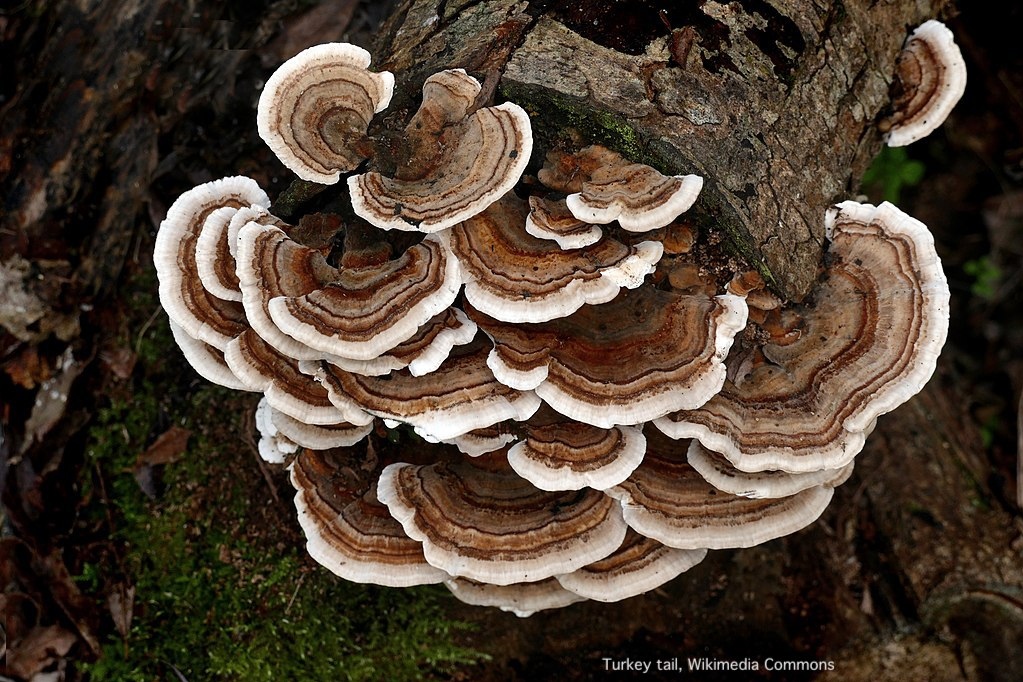 However, a good resource on this subject is Memorial Sloan-Kettering Cancer Center. They have a regularly updated web site that includes biochemical pathways, potential interactions, and links to research papers. There is a lot of ongoing research taking place with fungi, with the intent to validate or refute claims from traditional medical systems. 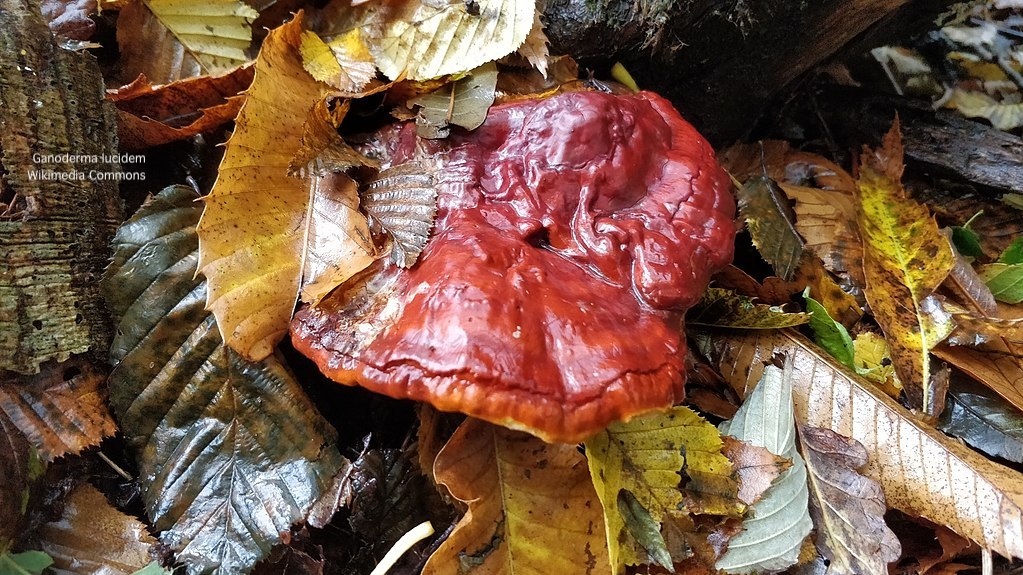 An example of a very popular “medicinal” mushroom is Reishi (Ganoderma lucidum) - the Sloan-Kettering web site has quite a lot of information regarding reishi, including links to 48 published papers. An example of a very popular “medicinal” mushroom is Reishi (Ganoderma lucidum) - the Sloan-Kettering web site has quite a lot of information regarding reishi, including links to 48 published papers.For this particular newsletter article I am focusing on several widely used medications that you might be surprised to know came from humble, fungal origins. Plus others that are in the research and development stage. --- In addition to penicillin, other classes of antibiotics have fungal origins. As do drugs for autoimmune diseases, cancer, migraine and more...
Sources: in addition to links to Wikipedia and other online articles for specific information, these articles have an overview.
Research - just a starting point if you want to do more in-depth reading
| |
| Mycena News - February |
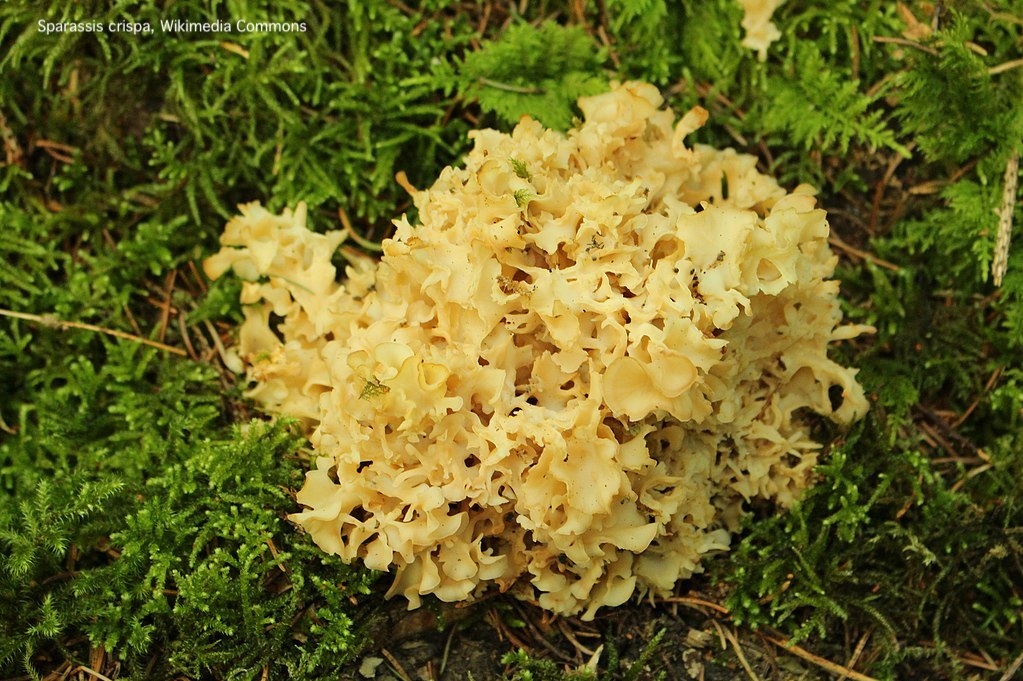 olite, but it can also cause fatal infections in immunocompromised individuals.]
olite, but it can also cause fatal infections in immunocompromised individuals.]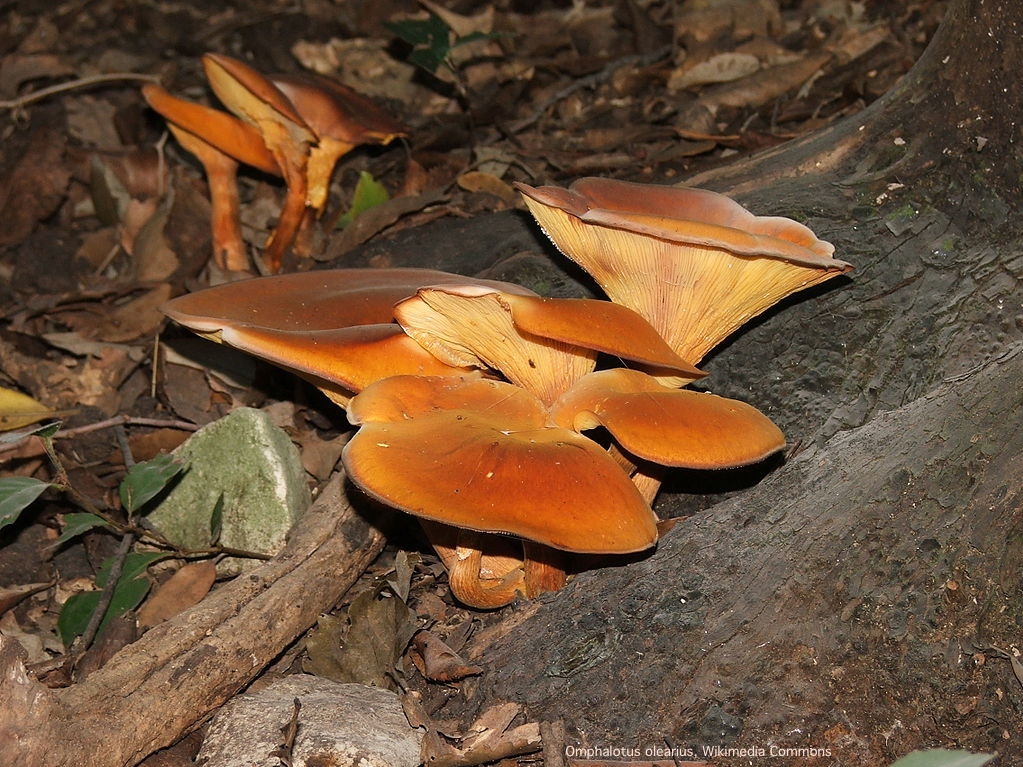 selective toxicity to some types of cancer cells and might be developed into future cancer treatments. They come from Omphalotus species (such as Jack o'Lantern).
selective toxicity to some types of cancer cells and might be developed into future cancer treatments. They come from Omphalotus species (such as Jack o'Lantern).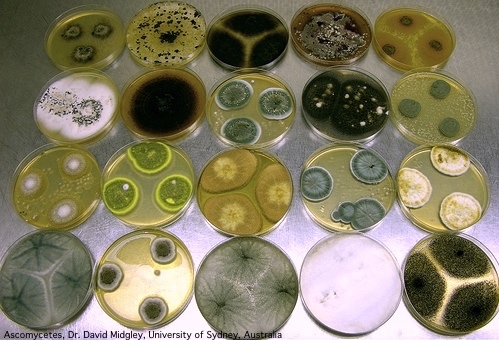
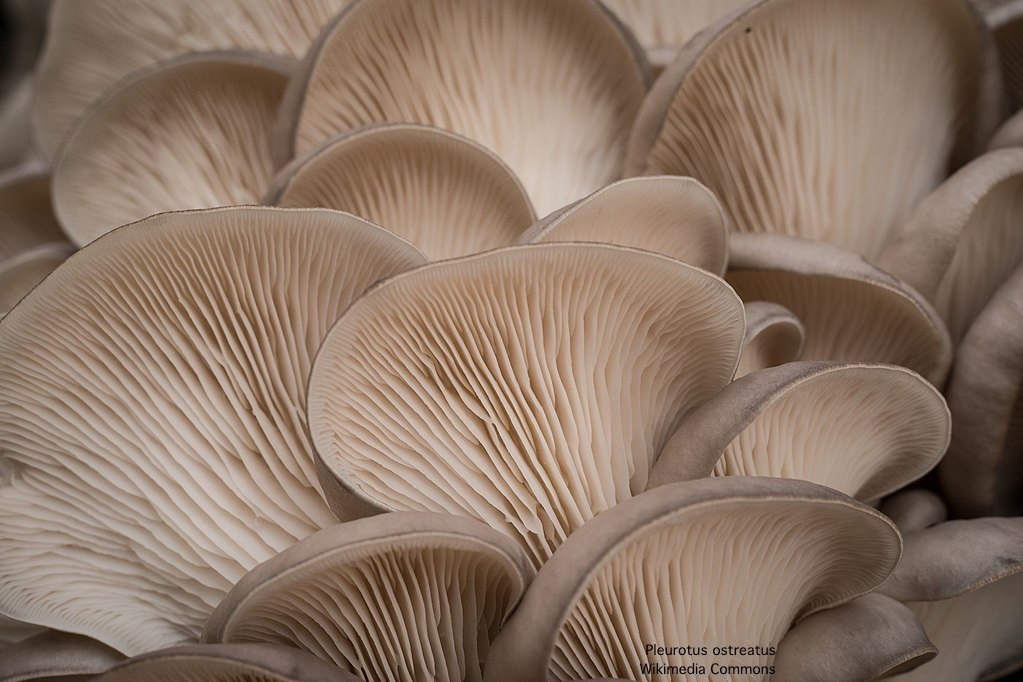 Aspergillis terreus. Oyster mushrooms –
Aspergillis terreus. Oyster mushrooms –